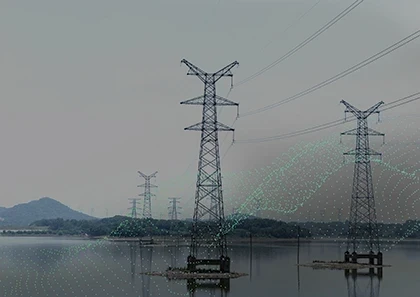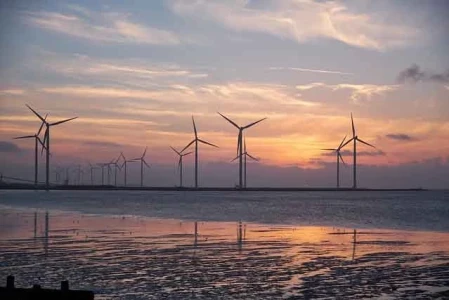California PUC Advances Offshore Wind Procurement

The California Public Utilities Commission (PUC) took a pivotal step in advancing the state's clean energy goals by approving a significant expansion in offshore wind procurement. This landmark decision is set to play a crucial role in California’s efforts to meet its ambitious climate targets and accelerate the transition to renewable energy.
Expanding Offshore Wind Capacity
The PUC’s new directive requires California utilities to secure up to 10,000 megawatts (MW) of offshore wind capacity by 2045. This substantial increase in procurement is part of a broader strategy to diversify California’s energy portfolio and reduce reliance on fossil fuels. Offshore wind is seen as a key component in achieving the state's goal of a 100% clean energy grid by 2045 and significantly reducing greenhouse gas emissions.
The approved plan calls for a phased approach to offshore wind development, with the first phase focusing on securing up to 3,000 MW of capacity by 2030. This initial phase will involve extensive feasibility studies, permitting, and collaboration with stakeholders to ensure that projects are both viable and environmentally responsible. Subsequent phases will build on this foundation, with the aim of reaching the 10,000 MW target by mid-century.
Strategic and Economic Benefits
California’s decision to ramp up offshore wind procurement is driven by several strategic and economic considerations. Offshore wind farms have the potential to generate a substantial amount of clean energy due to strong and consistent wind resources off the California coast. This reliability is crucial for maintaining grid stability and supporting the state’s increasing energy demands.
In addition to enhancing energy reliability, the expansion of offshore wind is expected to create significant economic benefits. The development of offshore wind farms will generate thousands of jobs in construction, manufacturing, and maintenance. Furthermore, the growth of this sector is likely to stimulate local economies and foster innovation in renewable energy technologies.
Environmental and Community Considerations
The PUC’s offshore wind initiative also underscores California’s commitment to environmental stewardship and community engagement. The planning and development process will include rigorous environmental impact assessments to minimize potential effects on marine ecosystems and local communities. The PUC has emphasized the importance of working closely with environmental groups, local stakeholders, and Indigenous communities to address concerns and ensure that the benefits of offshore wind are broadly shared.
The initiative also aligns with broader state and federal goals to protect coastal environments and promote sustainable energy practices. By investing in offshore wind, California aims to set a global example of how large-scale renewable energy projects can be implemented responsibly and effectively.
Challenges and Future Outlook
While the PUC’s decision marks a significant advance in California’s clean energy strategy, the path forward is not without challenges. The development of offshore wind projects involves complex logistical, technical, and regulatory hurdles. These include navigating permitting processes, ensuring grid integration, and managing the high costs associated with offshore infrastructure.
However, the state’s robust policy framework and commitment to innovation provide a solid foundation for overcoming these challenges. By leveraging advancements in technology and fostering partnerships between public and private sectors, California is well-positioned to achieve its offshore wind targets and drive the transition to a sustainable energy future.
Conclusion
The California PUC’s approval of a major offshore wind procurement expansion represents a bold and strategic move towards a cleaner and more sustainable energy future. By committing to 10,000 MW of offshore wind capacity by 2045, California is not only advancing its climate goals but also setting a precedent for other states and nations. As the development of offshore wind projects progresses, the focus will be on overcoming challenges, maximizing economic benefits, and ensuring environmental and community safeguards. This initiative underscores California’s leadership in clean energy and its determination to build a resilient and renewable energy infrastructure for the future.








